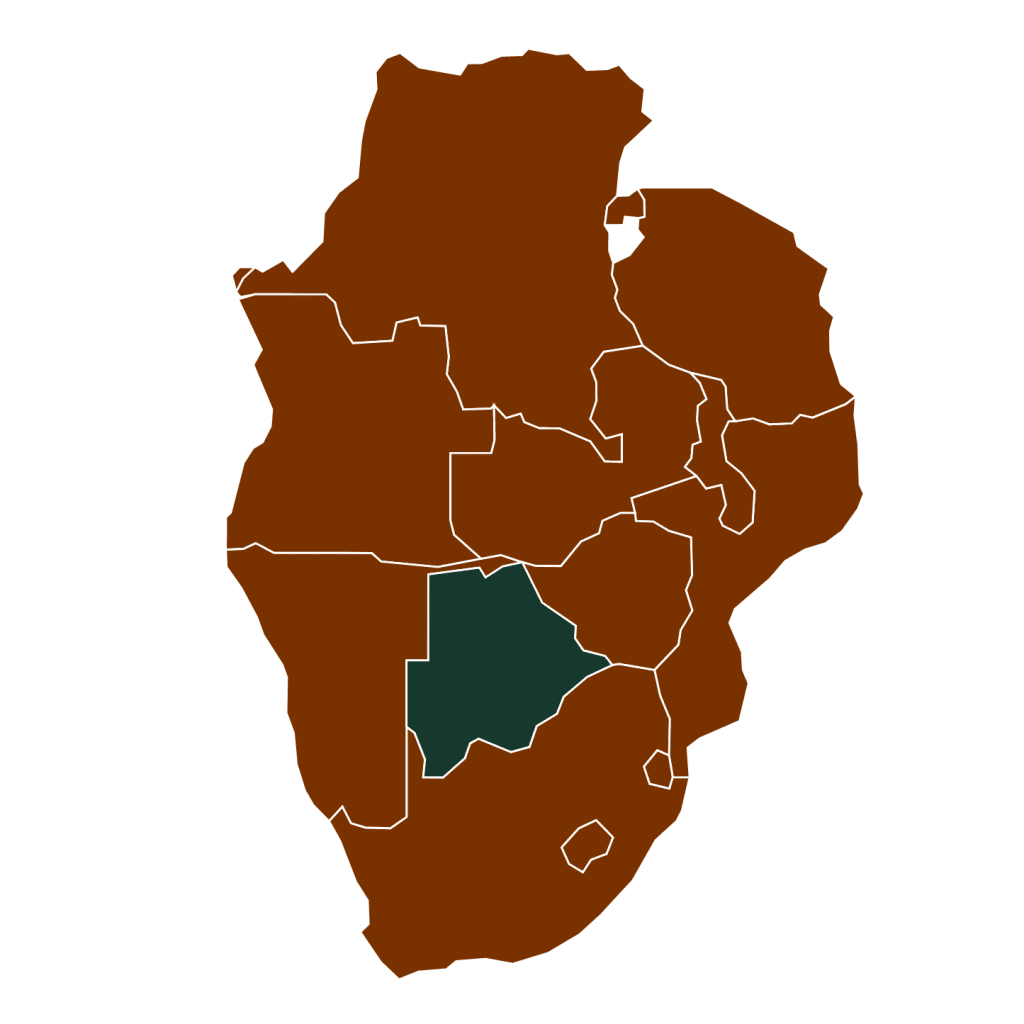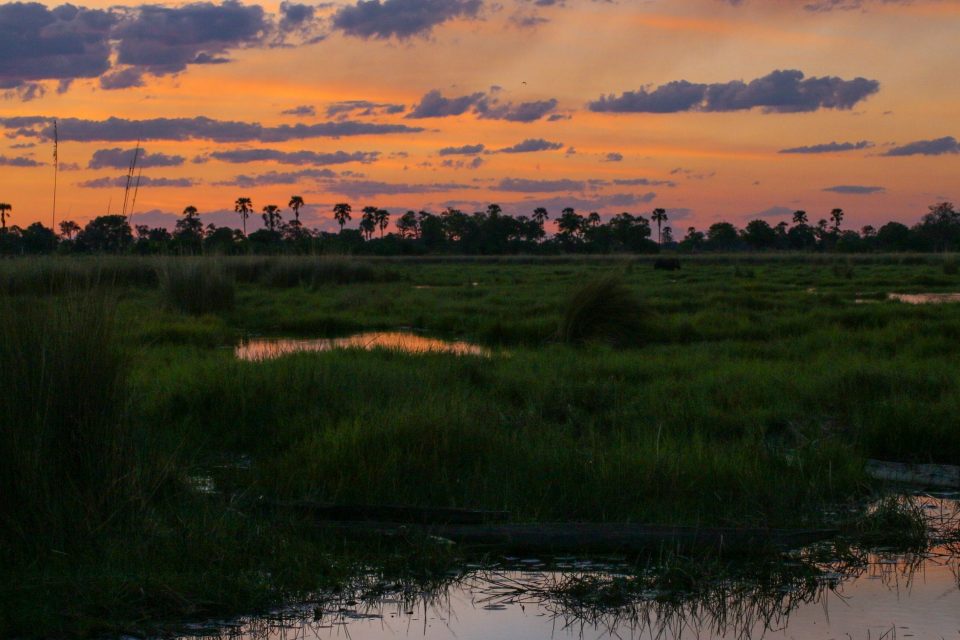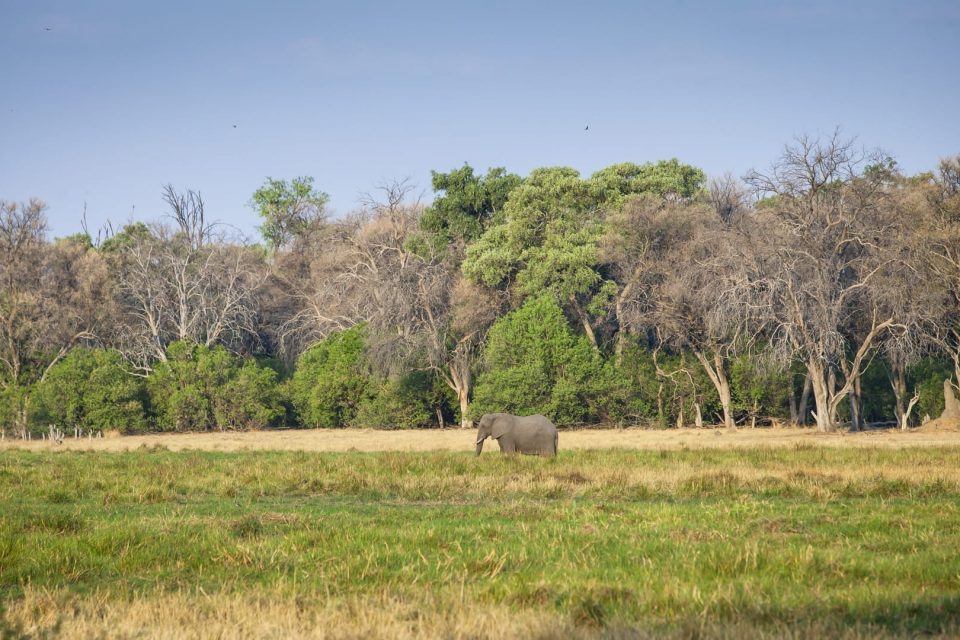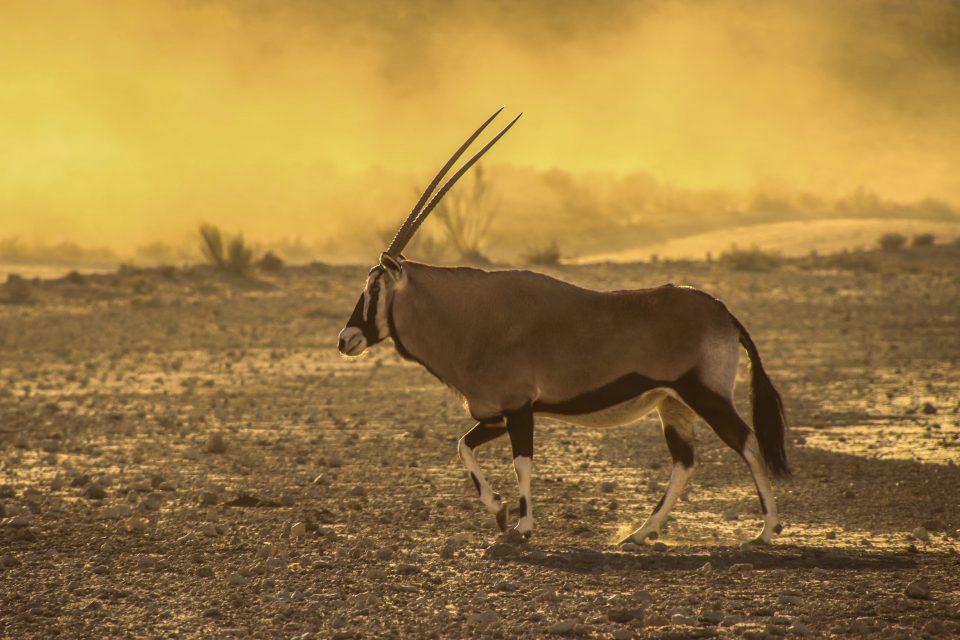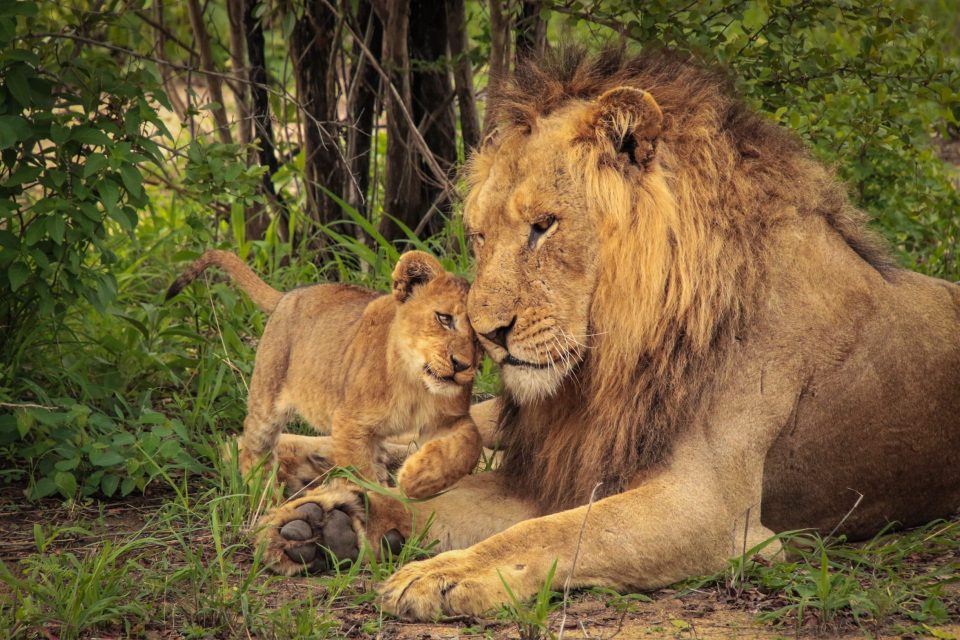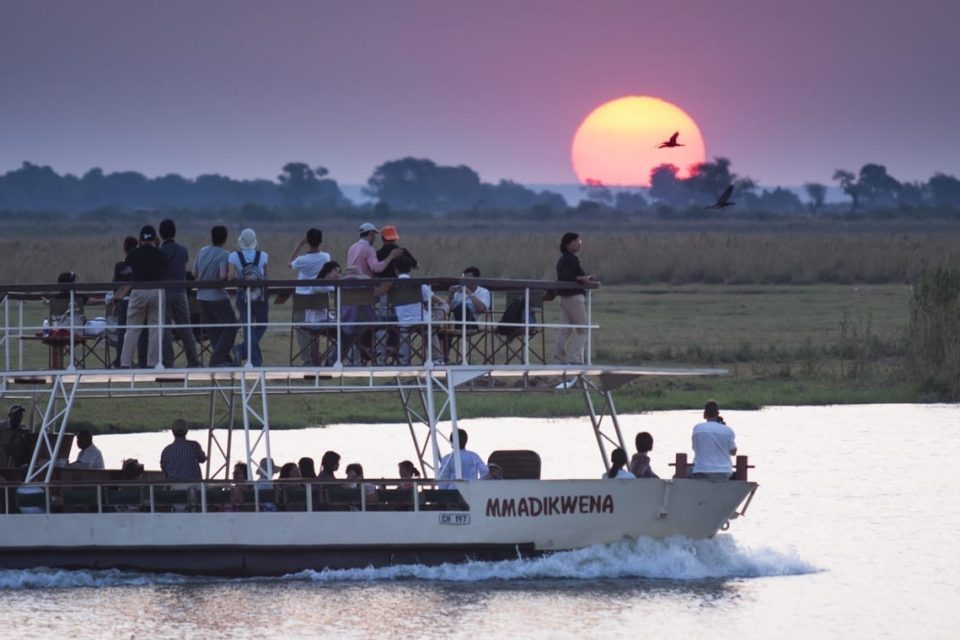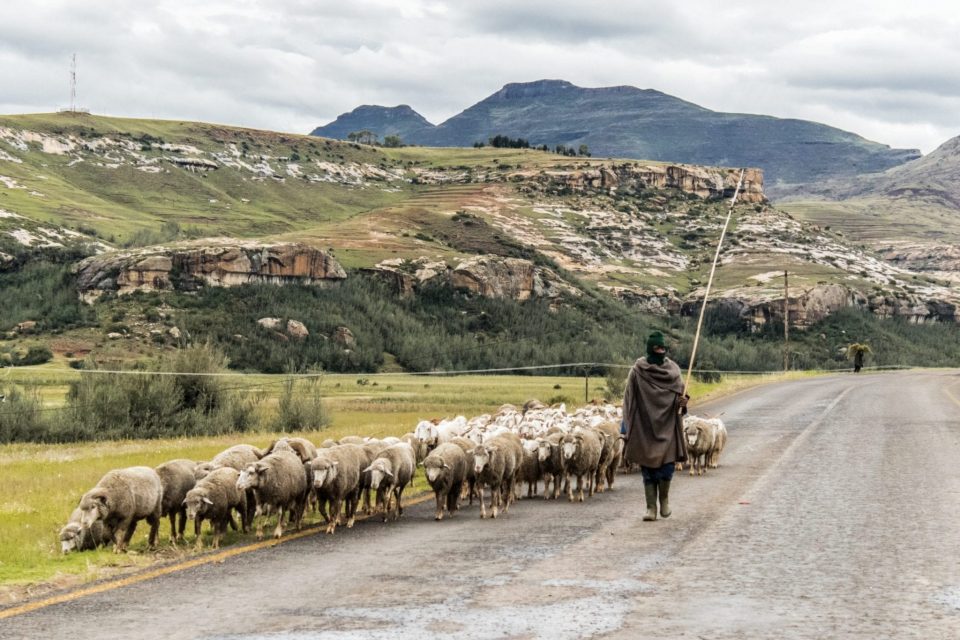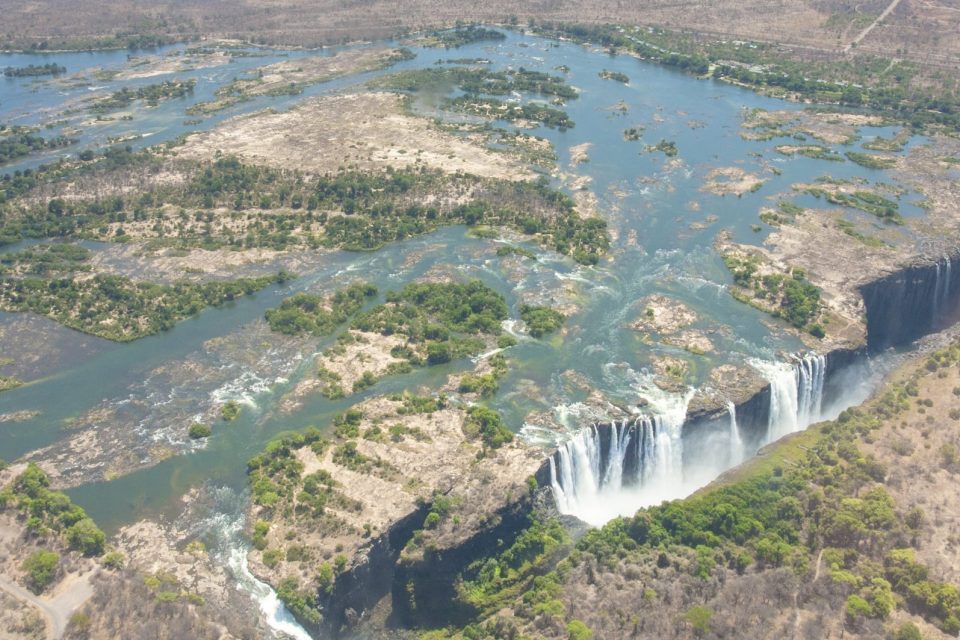Currency: Botswana Pula (BWP)
ATMs where you can withdraw cash with international debit and credit cards (Visa & Mastercard preferred) are found in larger towns and cities. Your card needs to have a chip and pin. Credit or debit cards can be used for payments in larger shops, hotels and restaurants in the cities but in remote places and safari camps there is often no way to pay with a card. It is therefore advisable to always have some cash with you in case of emergencies or if you want to buy something in remote areas. While changing money at a Bureau de Change is possible, it is not recommended as it is often a complicated and lengthy process.
Please be sure to advise your bank before you travel that you will be using your card in a different country as they may block access to your card if they do not know that you are currently travelling.
For current exchange rates please use this website.
Official languages: English is the official language of Botswana and widely spoken, although Setswana (also called ‘Tswana’) is spoken by almost everybody.
Visa Requirements: Citizens of most European and Commonwealth countries do not require a visa for entry into Botswana. Please find a list with all the countries that require a visa here. Please also consult the Botswana Embassy or Consulate for any updates before departure, especially when travelling with children.
Independence: 30 September 1966 from Britain
Religion: An estimated 76.4% of the country’s citizens identify as Christians, 6.1% have other beliefs and 17.5% have no religious beliefs.
Souvenirs: There is an increasing range of local arts and crafts on sale in Gaborone, Maun and Kasane and other tourist areas; they include Botswana’s renowned world class baskets, woodcarvings, jewellery, pottery, tapestries, fabrics and clothing, glassware and San crafts.
Agricultural products: Corn, sorghum, millet, beans, and groundnuts
Main Industries: Mining (diamonds, copper, nickel, salt, soda ash, potash, coal, iron ore, silver), beef processing, textiles
Best time to visit: The best time to visit Botswana is during the dry season between May and October, when you can expect warm, sunny days (22°C-35°C) and chilly nights. This is also when the water levels in the Okavango Delta are at their highest, creating the waterways and channels Botswana is famous for. The Green Season (November to April) is a great time to travel if you don’t mind the odd shower. Visitor numbers and prices are lower, the scenery pops with verdant foliage, and animals give birth to their young.
